Breadcrumb
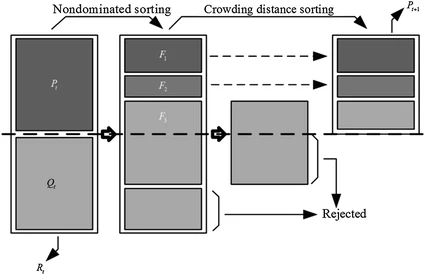
Chaotic system modelling using a neural network with optimized structure
In this work, the Artificial Neural Networks (ANN) are used to model a chaotic system. A method based on the Non-dominated Sorting Genetic Algorithm II (NSGA-II) is used to determine the best parameters of a Multilayer Perceptron (MLP) artificial neural network. Using NSGA-II, the optimal connection weights between the input layer and the hidden layer are obtained. Using NSGA-II, the connection weights between the hidden layer and the output layer are also obtained. This ensures the necessary learning to the neural network. The optimized functions by NSGA-II are the number of neurons in the
FPGA-Based Memristor Emulator Circuit for Binary Convolutional Neural Networks
Binary convolutional neural networks (BCNN) have been proposed in the literature for resource-constrained IoTs nodes and mobile computing devices. Such computing platforms have strict constraints on the power budget, system performance, processing and memory capabilities. Nonetheless, the platforms are still required to efficiently perform classification and matching tasks needed in various applications. The memristor device has shown promising results when utilized for in-memory computing architectures, due to its ability to perform storage and computation using the same physical element

IoT ethics challenges and legal issues
IoT systems have different technologies such as: RIFD, NFC, 3G, 4G, and Sensors. Their function is to transfer very large sensitive and private data. There are many ethical challenges that need to be taken into consideration by individuals and companies that use this technology. Amongst the challenges is the user awareness of attack risks. This paper discusses different ethical and legal challenges that need to be taken in account for IoT health care applications during the near future. © 2017 IEEE.
Fractional canny edge detection for biomedical applications
This paper presents a comparative study of edge detection algorithms based on integer and fractional order differentiation. A performance comparison of the two algorithms has been proposed. Then, a soft computing technique has been applied to both algorithms for better edge detection. From the simulations, it shows that better performance is obtained compared to the classical approach. The noise performances of those algorithms are analyzed upon the addition of random Gaussian noise, as well as the addition of salt and pepper noise. The performance has been compared to peak signal to noise
Study of Energy Harvesters for Wearable Devices
Energy harvesting was and still an important point of research. Batteries have been utilized for a long time, but they are now not compatible with the downsizing of technology. Also, their need to be recharged and changed periodically is not very desirable, therefore over the years energy harvesting from the environment and the human body have been investigated. Three energy harvesting methods which are the Piezoelectric energy harvesters, the Enzymatic Biofuel cells, and Triboelectric nanogenerators (TENGs) are being discussed in the paper. Although Biofuel cells have been investigated for a
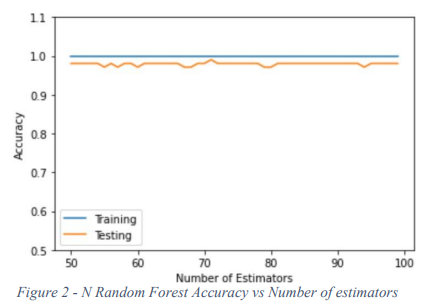
Diabetes Prediction Using Machine Learning: A Comparative Study
Diabetes is a common, metabolic disease, that results in a high level of blood sugar. Patients diagnosed with diabetes suffer from a body that cannot effectively use the insulin or cannot produce a sufficient amount of insulin. Providing a method of detection via symptoms that can be noticed by the patient can prompt the patient to seek medical assistance more promptly and in turn to be correctly diagnosed and treated. This paper proposed a solution for the problem using machine learning techniques. We applied eight algorithms on a data set of 521 subjects. The results are compared to each
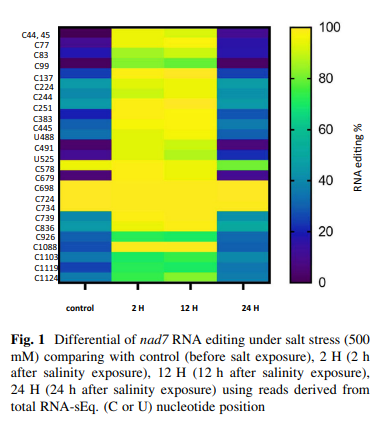
Salinity stress reveals three types of RNA editing sites in mitochondrial Nad7 gene of wild barley both in silico and in qRT-PCR experiments
Cellular respiration is an important process performed by mitochondria. Nad complex is the major complex involved in this process and one of the main subunits in this complex is the nad7 (nad dehydrogenase subunit 7). In Hordeum vulgare subsp. spontaneum, four nad7 cDNAs are described at 500 mM salinity, 0 h, or control (GenBank accession no. MW433884), after 2 h (GenBank accession no. MW433885), after 12 h (GenBank accession no. MW433886) and after 24 h (GenBank accession no. MW433887). Twenty six RNA editing sites were revealed in positions: C44, C45, C77, C83, C99, C137, C224, C244, C251
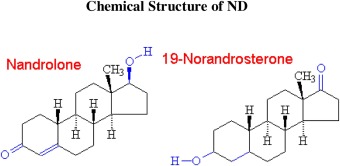
Nandrolone decanoate safely combats catabolism in burned patients: A new potential indication after recall
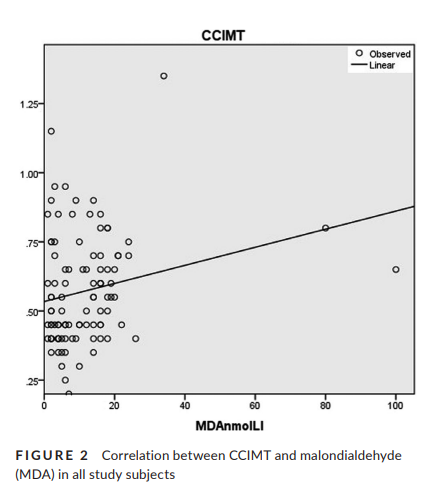
Support for increased cardiovascular risk in non-segmental vitiligo among Egyptians: A hospital-based, case–control study
Background: Data have been accumulating in the past few years that identify vitiligo as a disorder with systemic implications. Results and methods: In this hospital-based, cross-sectional, case–control study, 50 patients with non-segmental vitiligo and 50 age- and sex-matched controls underwent analysis of serum lipid profile, oxidative stress biomarkers and carotid duplex. Hydrogen peroxide (H2O2) and malondialdehyde (MDA) were significantly higher in patients than controls (p-value <.001, <.001, respectively); on the other hand, total antioxidant capacity (TAC) was significantly lower in
Association between long noncoding RNA taurine-upregulated gene 1 and microRNA-377 in vitiligo
Background: Taurine-upregulated gene 1 (TUG1) is one of the long noncoding RNAs (lncRNAs) that plays a role in melanogenesis. MicroRNA-377 (miRNA-377) is a conserved noncoding RNA that regulates angiogenesis and promotes oxidative stress. Peroxisome proliferator-activated receptors (PPARs) are components of the nuclear hormone receptor superfamily. PPAR-γ activators stimulate melanogenesis. Interleukin (IL)-17 has been implicated in the pathogenesis of several immunological diseases. This work aimed at detecting the expression levels of lncRNA TUG1, miRNA-377, PPAR-γ, and IL-17 among vitiligo
Pagination
- Previous page ‹‹
- Page 42
